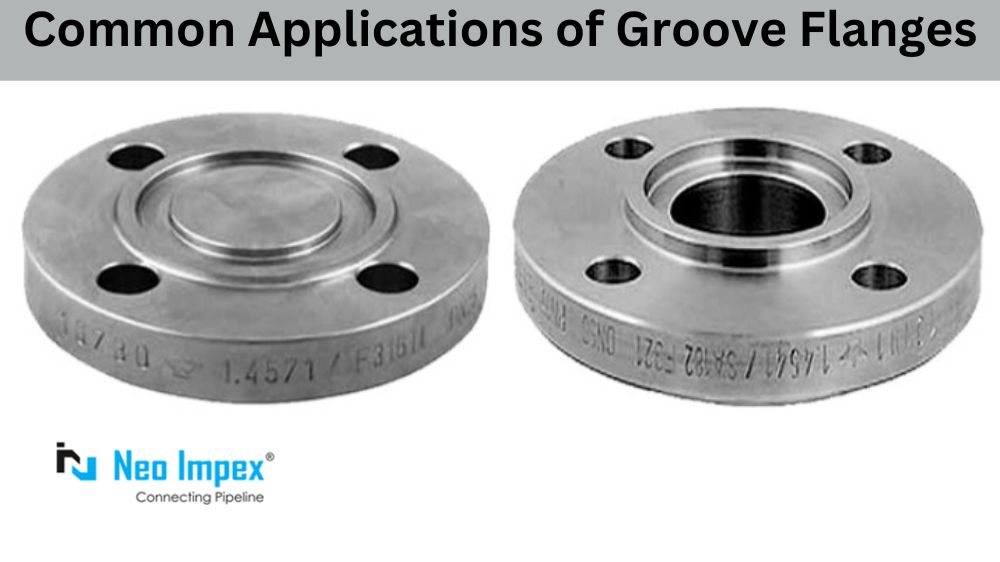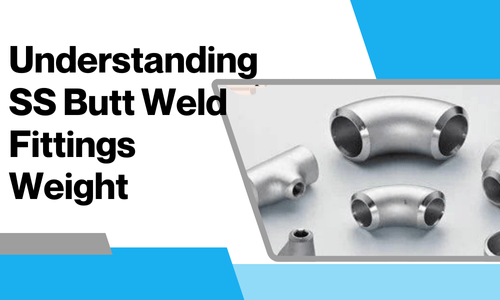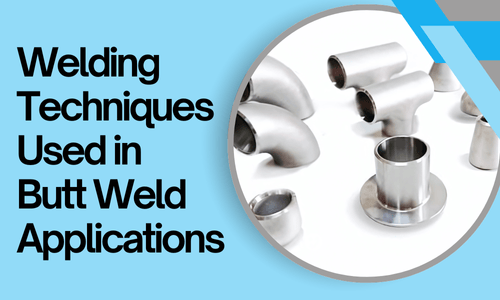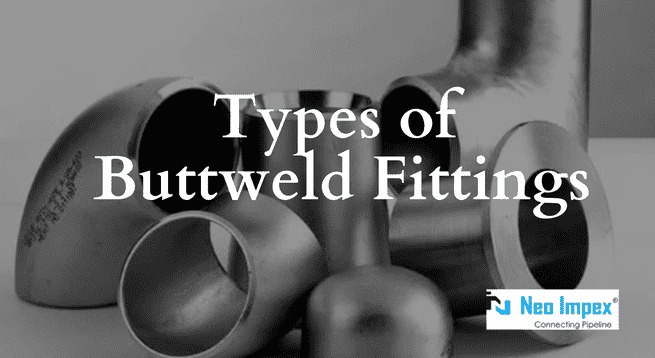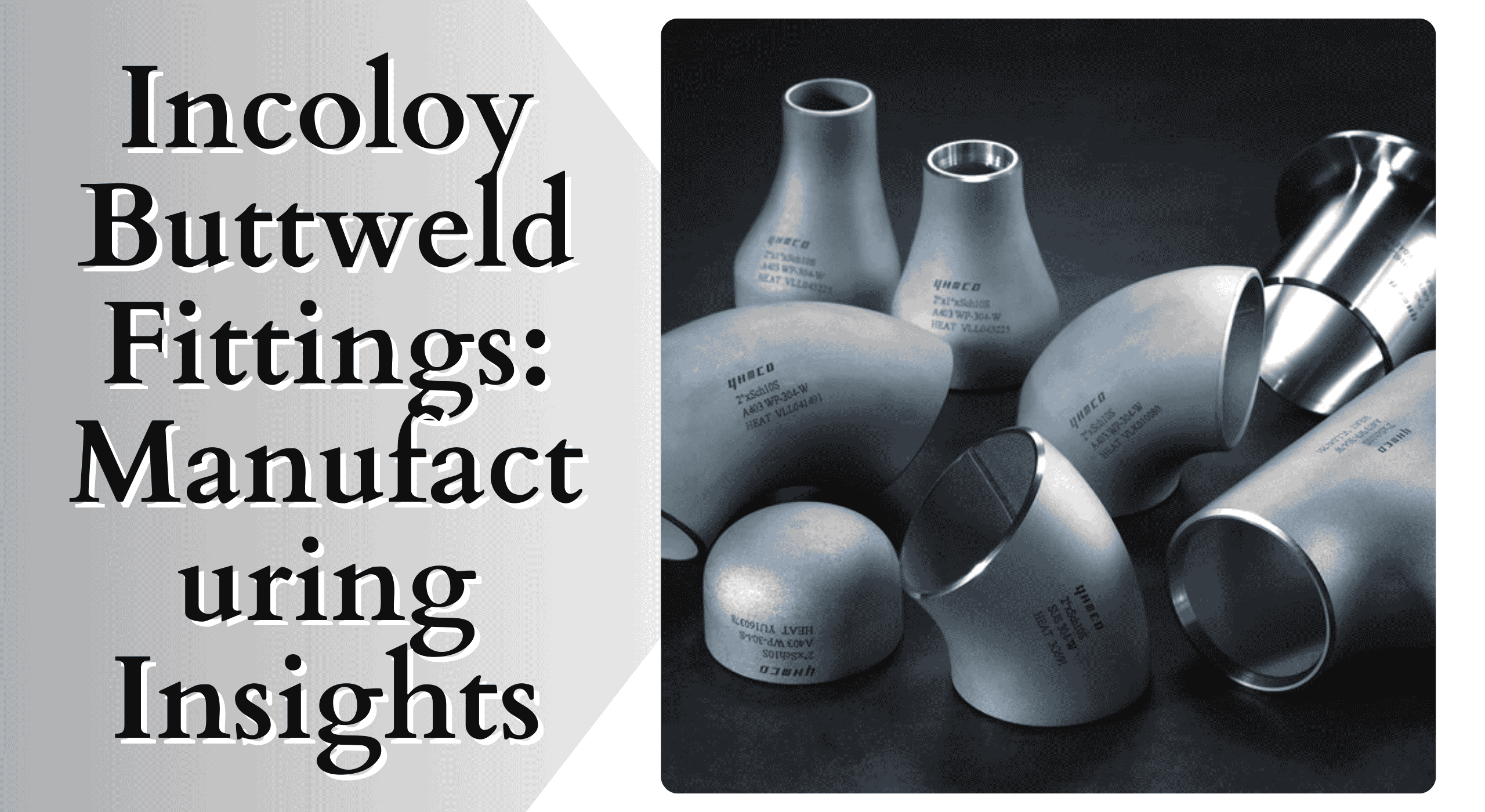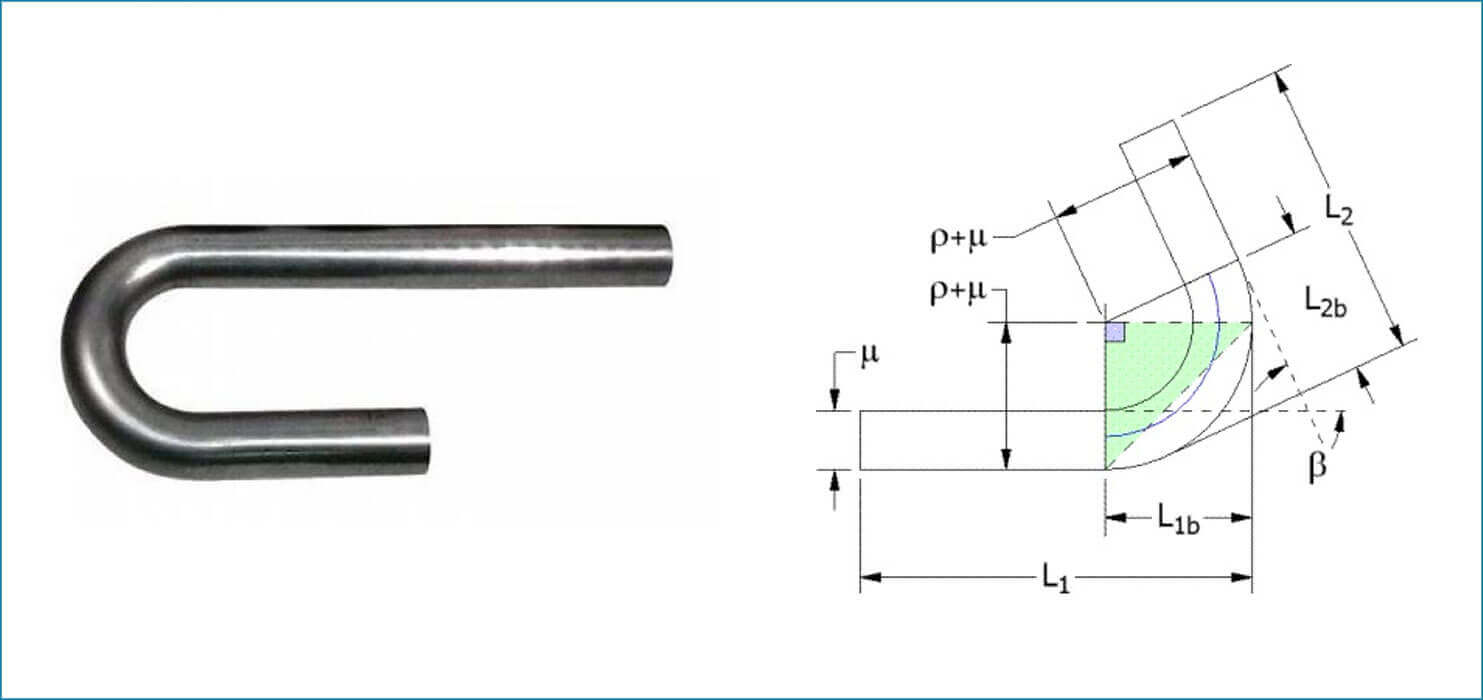Groove flanges are a versatile solution to many piping system applications. Generally speaking, groove flanges are mechanical components used to connect pipes and other system elements, such as valves, to efficiently transfer fluids, gases, and other materials. However, groove flanges boast several advantages over other flanges, making them a popular solution for many industrial and commercial applications.
What is Groove Flanges?
Groove flanges are a type of pipe fitting used to connect two pieces of pipe. They have a raised face on the outside surface that can be machined into different types of shapes, such as circular or rectangular, depending on the size and shape of the pipe. They also include an internal gasket, which helps create a watertight seal when tightened. The most common materials for groove flange are steel or stainless steel, but other materials like PVC and brass may be used in certain cases.
Fire Protection Systems
Groove flanges are a key component of fire protection systems in buildings. UL-approved lists specifically require grooved piping systems for sprinkler installations. Groove flanges allow pipes to expand and contract without damaging any of the connected elements while allowing the system to be dismantled for easy cleaning and inspection. This makes the flanges a reliable choice for fire protection systems.
HVAC Systems
HVAC systems, which help regulate temperature and air quality in buildings, frequently utilize groove flanges for pipe connections due to the system’s reliability and the durability of the flanges. Furthermore, groove flanges reduce the risk of leaks due to their design, making them an ideal choice for heating, ventilation, and air conditioning systems. Additionally, many HVAC systems have panels and other components secured with groove flanges, making maintenance and repair a breeze.
Water Treatment Facilities
Water treatment facilities rely on groove flanges for a variety of reasons. For example, they provide a secure connection for pipes delivering drinking water to homes bus,inesses and industrial facilities that require clean water and waste management. The flanges can handle high-pressure applications while allowing for the quick dismantling of the piping system for easy cleaning and inspection. This ensures water is delivered and treated safely, accurately, and efficiently.
Marine Systems
Marine systems carry a unique complexity of heating, cooling, ventilation, and other fluid transport systems. These systems must also be corrosion-resistant, and groove flanges stand up to harsh marine environments. The mechanical bonding between pipes and groove flanges, which eliminates the need for welding, also reduces the risk of accidents due to leakage, making them the perfect choice for offshore rigs, LNG carriers, and other marine vessels.
Food and Beverage Production
Groove flanges are also suitable for the food and beverage production industry, making them a common component of beer and soda production, bottling lines, and other processes that require tightly sealed connections for transporting fluids. The systems’ ease of installation and dismantling save production hours, making these flanges a popular choice. The smooth internal diameter of groove flange piping systems also helps food and beverage products flow more smoothly.
Conclusion:
Groove flanges have many applications in different areas due to their reliability, ease of installation, varying sizes, and types. They have been around for decades and have continued to prove their reliability and effectiveness as the needs of piping systems evolve. With their unique and versatile properties, these flanges will remain popular for various industries.

